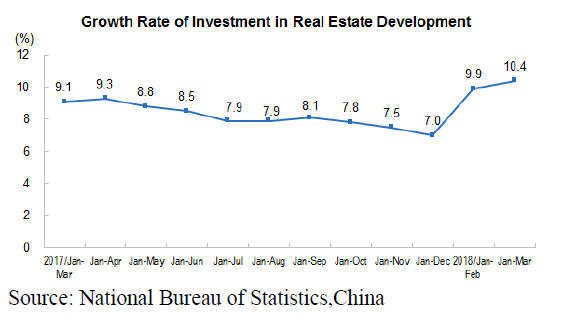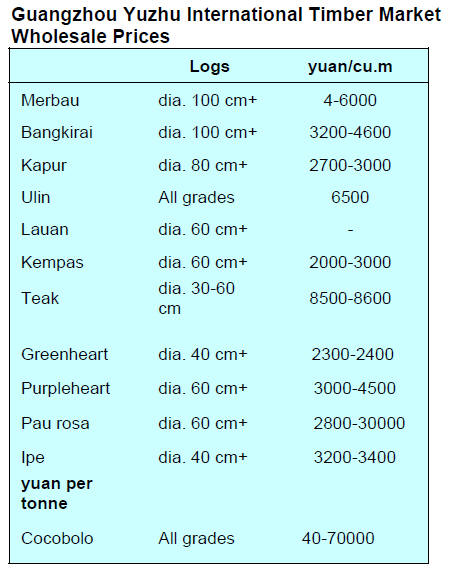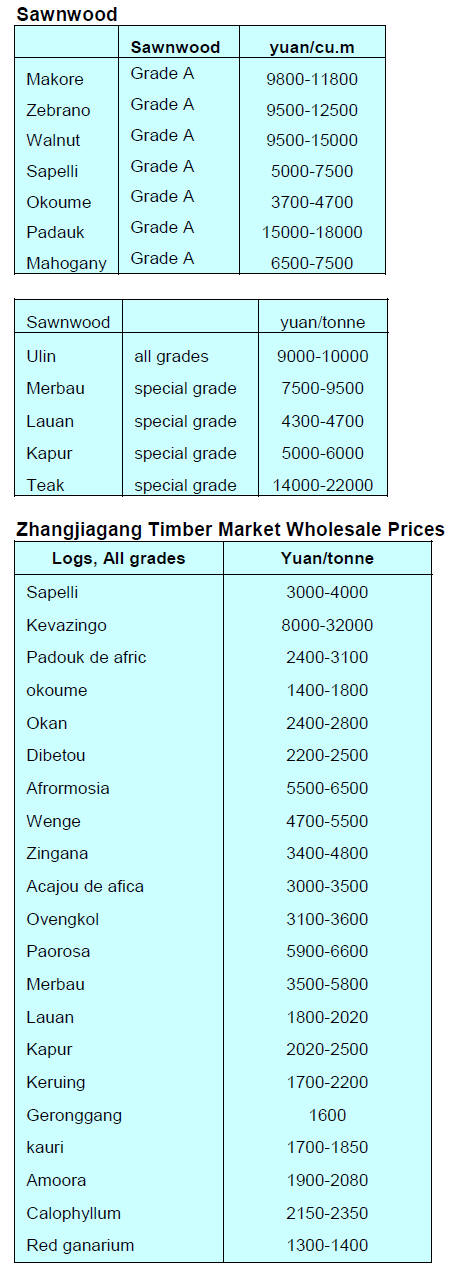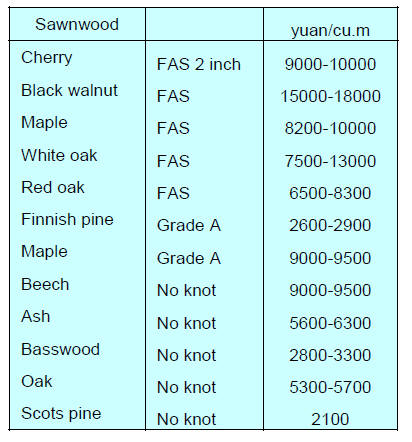US Dollar Exchange Rates of 25th March
2018
China Yuan 6.3269
Report from China
First quarter real estate investment
Investment in Chinese real estate in the first three months
of 2018 increased 10% year-on-year, the fastest pace of
growth in three years. However, while construction
accelerated property sales slowed as borrowing costs rose
and demand appeared to soften.
Activity in the real estate sector is said to directly affect
some 40 other business sectors in China such that an
expansion is good news for the overall economy.
Real estate investments in the eastern region increased
almost 12%; in the central there was a 15% expansion; but
in the western region growth slowed to around 3% while
in the northeastern region there was only a 1% growth in
investment.

Over the same three month period the land area purchased
by real estate developers was only marginally higher that a
year earlier.
See:
http://www.stats.gov.cn/english/PressRelease/201804/t201
80419_1595012.html
Reduction in tax on imported timber
According to a recent statement from the State Taxation
Administration, the value added tax on imported goods
range between 11-17%, this will be adjusted down to a
range of 10-16% The value added tax on imported logs
will be reduced to 10% from 11% as of 1 May 2018.
See:
http://www.chinatax.gov.cn/n810341/n810755/c3377945/content
.html
No more imports of wood waste
According to a joint press release from the Ministry of
Ecology and Environment, the Ministry of Commerce, the
State Development and Reform Commission and The
General Administration of Customs, the rules on wood
waste imports will be changed.
An official notice ¡®Adjustment of the Imported Waste
Management Catalog¡¯ has been released detailing which
solid waste can no longer be imported.
As of 31 December 2018 banned waste include 32 kinds
of solid waste such as scrap hardware, scrap automobile
parts, smelting slag and waste plastic. A further group of
products including wood residues will be banned as of 31
December 2019.
In July 2017 China laid out plans to gradually reduce the
types and quantities of solid waste imported. The
government aims to strengthen the criteria for solid
residues and garbage to eliminate the entry of "foreign
waste" into the country.
In the next step, the Ministry of Ecology and
Environment, together with relevant departments, will
ensure that the reform measures are effective and prohibit
the entry of foreign waste.
See: http://www.gov.cn/zhengce/content/2017-
07/27/content_5213738.htm
and
http://news.cctv.com/2018/04/19/ARTI61J6fCZXtSvUcJKTsHoc
180419.shtml
Expanding national forest reserves
According to the State Forestry and Grassland
Administration plans have been prepared for an expansion
through planting and rehabilitation of National Forest
Reserves.
This plan calls for enlarging the forest reserves by 7
million hectares by 2020 and aims to have 20 million
hectares of national reserve forests by 2035. This should
yield an increase of 200 million cubic metres of stock and
an annual average increase of 63 million cubic metres of
precious native tree species.
The national reserve forest will be multi-functional
integrating of planting and cultivating industrial raw
material, native tree species, precious tree species and
large diameter timber.
Beijing Dongba ¡®Precious Timber Market¡¯ closed
The Beijing municipal government has begun demolishing
illegal buildings in the city and this has involved removing
some timber markets. It has been reported that Beijing
Dongba Precious Timber Market will be closed. The
Beijing Dongfang Shengze Commerce Group Co., Ltd.
which manages the timber market has been required to
stop operation.
Analysts write that the Beijing Dongba Precious Timber
Market located in Dongba Township, Chaoyang District of
Beijing, was the largest timber wholesale market in
Northern China. The market covered an area of 380 000
square metres and offered a large selection of specialised
wood products and provided transaction and logistic
services to customers and also undertook arranging
exhibitions and product promotion.
International furniture standard released
An international standard for Furniture -- Beds -- Test
methods for the determination of stability, strength and
durability (ISO19833: 2018) formulated by Chinese
experts was released in March 2018.
The international standard ISO 19833, "testing methods
for the stability, strength and durability of furniture beds",
prescribes the test environment, test equipment, test
methods, recommended indicators, force requirements and
tolerances for bed products.
In the test of bed level, the standard classifies bed products
into three categories: single bed screen, double bed screen
and no bed screen for the first time, which has higher
applicability and operability to adapt to the complicated
product design in the market.
Analysts write, this effectively filled a gap in the testing
method for strength and durability of beds in international
furniture standards and marked a significant advance for
Chinese specialists.
See:
https://www.iso.org/standard/66310.html
Evaluation standards for green products
The State Administration for Market Regulation within the
China National Certification and Accreditation
Administration recently released a document
¡®Announcement on the List and Certification Catalogue of
Evaluation Standard for Green Products¡¯.
Wood-based panels, wood flooring, wooden furniture,
wood/plastic products, paper and paper products are
involved. Other products include coatings, sanitary
ceramics, building glass, solar water heating systems,
thermal insulation materials, waterproofing and sealing
materials, ceramic tiles (plates) and textile products.
See:
http://www.cnca.cn/xxgk/ggxx/2018/201804/W02018041834917
8117351.pdf
  
|